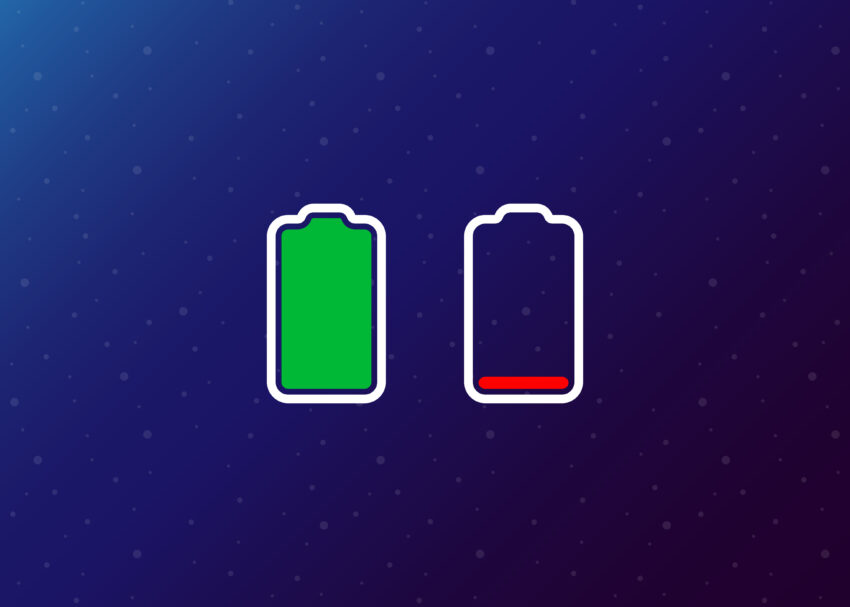Employers could lose their Gen Z and millennial staff amid rising burnout rates, which COVID-19 has accelerated.
However, strategies to combat employee burnout must be developed now, as almost a quarter of staff plan to change employers in the next few months due to ‘the great resignation’ and rising job postings.
Burnout by age and symptoms
Research from analytics firm Visier found that over half of young professionals aged 16-34 feel burnt out. While respondents of all ages feel more burnt out since the pandemic began (73%), Gen Zs (16-24-year olds) are suffering more at 80%.
All the research respondents reported burnout symptoms, including trouble sleeping (47%), exhaustion (46%), and negative thoughts (39%). These symptoms were fuelled by contributing factors such as a shortage of employees (38%), long work hours (30%), and lack of reward and recognition (25%), exacerbated by the pandemic.
The role of COVID-19
We know that during the height of COVID-19, particularly during the lockdown periods, businesses prioritised survival over the workforce’s needs.
This is backed up by research in an academic article on ‘Employee Engagement and Wellbeing in Times of COVID-19′ that “many organisations started de-prioritising employees’ psychological needs owing to serve business losses due to lockdown, which is compromising their employee engagement and wellbeing.”
The pandemic also halted career progression and financial wellbeing for many, with around two-thirds of UK households taking pay cuts.
The exodus risk and ways to prevent it
Burnout will likely cause employees to leave their organisation. The same Visier study found that over half (79%) of respondents have considered leaving their job due to burnout, with 38% now looking for a new job.
The study also found that young professionals are more likely to talk to their managers about mental and physical exhaustion, which shows that efforts should be made to engage older staff in mental health and wellbeing topics at work.
The good news is that respondents have provided potential solutions for employers wanting to stem burnout and retain especially younger employees.
A significant number cited that “more reward and recognition” for their work (41%) could help reduce levels of workplace burnout. More flexibility in the working day (38%) and a better-resourced team (37%) were also mentioned. Over a third said more flexible hours and wellness programmes would help reduce burnout (32%).
The research used the World Health Organisation’s (WHO) definition of burnout “feelings of energy depletion or exhaustion, increased mental distance from one’s job and reduced professional productivity in relation to chronic workplace stress.”
Andrea Derler, Principal for Research and Customer Value of Visier, said: “Britain is currently undergoing an occupational health crisis. Burnout is becoming pervasive in our workplaces, and employers need to act now to protect the wellbeing of their people or face the reality of a talent exodus.
“In particular, companies risk losing up and coming junior talent as burnout is becoming a generational issue – felt strongest by the Gen-Z and millennial workforce.
“Though time off work is an important way to recharge, it isn’t enough to alleviate chronic burnout. Leaders must understand how their people are feeling and engage employees in conversations about burnout using workplace tools to gauge their stress levels. Managers can then work with direct reports to alleviate work-related fatigue and provide crucial support. Only by identifying these feelings earlier on is it possible to act in time before the burnout crisis leads to voluntary turnover”.
In this article, you learned that:
- Employees are more burnt out since the pandemic began (73%) but that Gen Zs, (16-24-year olds) are suffering more at 80%.
- More reward and recognition for their work and increased job flexibility were cited by respondents as ways to stem burnout.
- However, younger workers are more likely to approach their managers about mental or physical exhaustion.








